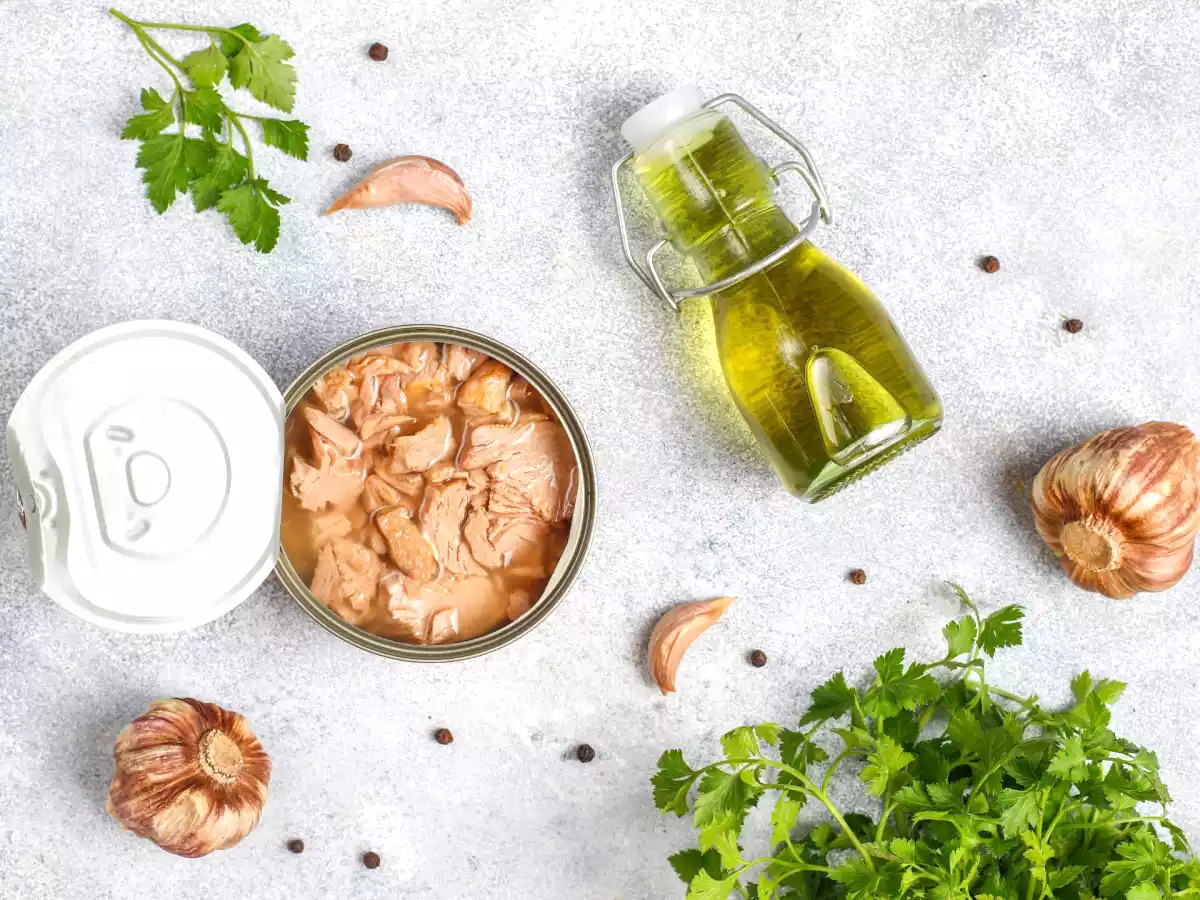Canned tuna: be careful what you eat! Guide to choosing the best product

Who doesn't love canned tuna? An ally in the kitchen, always ready to use! Perfect for a quick and tasty lunch, but also to give a special touch to your favorite recipes. Its convenience will allow you to prepare tasty dishes in minutes, without sacrificing flavor... But beware: not all canned tuna is the same Let's find out together what to look for (and what to avoid) when buying it.
1. Type of Tuna
Not all canned tuna are the same! Among the most common you find yellowfin tuna, albacore tuna (also called alalung a) and skipjack tuna. The albacore is somewhat the king of canned tuna: lighter flesh and mild flavor. The cheaper skipjack tuna has a stronger taste and is perfect for those looking for a product with a more intense flavor. Yellowfin tuna is considered one of the highest quality tuna species, with firm flesh and delicate flavor (great for salads). Always read the label to understand which species you are buying. That way you can choose the perfect tuna for your taste.
2. Tuna fishing method
The way tuna is caught makes a difference to our sea. By choosing tuna caught using sustainable methods, such as pole fishing or Marine Stewardship Council ( MSC)-certified, you support responsible fishing and help preserve marine biodiversity.
3. Tuna origin
Fishing area significantly affects the quality and safety of tuna. Species such as tuna, at the top of the food chain, accumulate greater amounts of contaminants such as mercury found in polluted waters. By choosing tuna from areas with strict environmental controls, you reduce your exposure to potentially harmful substances.
4. Tuna storage
Water or oil? Tuna in oil, especially if it is extra virgin olive oil, offers intense flavor and a supply of good fats. Extra virgin olive oil, in addition to enhancing the taste of the fish, is rich in health-beneficial antioxidants. Instead, avoid products with low-quality seed oils, which can alter the flavor and nutritional properties of tuna. If you are looking for a lighter alternative, natural tuna is perfect for those on a balanced diet.
5. Added ingredients or additives
Canned tuna can hide surprises! Some products contain additives that alter the natural taste of the fish. For a healthy, wholesome diet, choose tuna with few ingredients: just tuna, extra virgin olive oil (if you prefer) or water, and a pinch of salt. The shorter the list, the more natural and quality the product.
Conclusion
Canned tuna is an excellent source of protein and omega-3s, but not all products are equal. By opting for tuna from sustainable fisherie s, we ensure quality nutritional intake and help preserve marine ecosystems. Reading the label carefully is essential to identify products that meet quality and sustainability standards. In this way, we make an informed choice that benefits both our health and the environment.


Comments